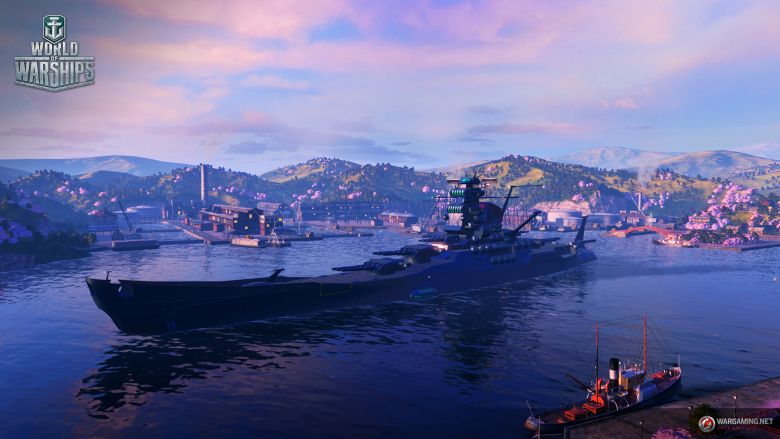

However, the controversy was destined to end in a few months. The king of the Two Sicilies, Ferdinand II, was furious at losing a potentially strategic base and sent a warship to replace the union flag.Ī French party also landed and named it Giulia, setting the scene for a three-way war. Soon after, Capt Sir Humphrey Le Fleming Senhouse led a British naval party to the summit and named it after the first lord of the admiralty, Sir James Robert George Graham. On 18 July 1831, a few miles from the recent discovery, a volcanic island broke the surface of the Mediterranean, 30 miles off the town of Sciacca. Sometimes they emerged from the water and then disappeared into the sea shortly after. Though undersea eruptions often go unnoticed, more than 1m volcanoes are believed to be underwater, and they are the source of 80% of volcanic activity around the world.Ĭivile said that, in the past, submarine volcanoes in that specific area had erupted once with the appearance of small islands.

Other institutes were involved in the research, including the University of Malta and OGS MBARI, the Monterey Bay Aquarium Research Institute (US) Victoria University of Wellington (New Zealand) and the universities of Birmingham, Oxford and Edinburgh (UK) and Kiel (Germany). The expedition onboard the Meteor was conducted by Geomar Helmholtz Centre for Ocean Research Kiel (Germany).

Scientists have not definitively ruled out that the volcanoes could be active.


 0 kommentar(er)
0 kommentar(er)
